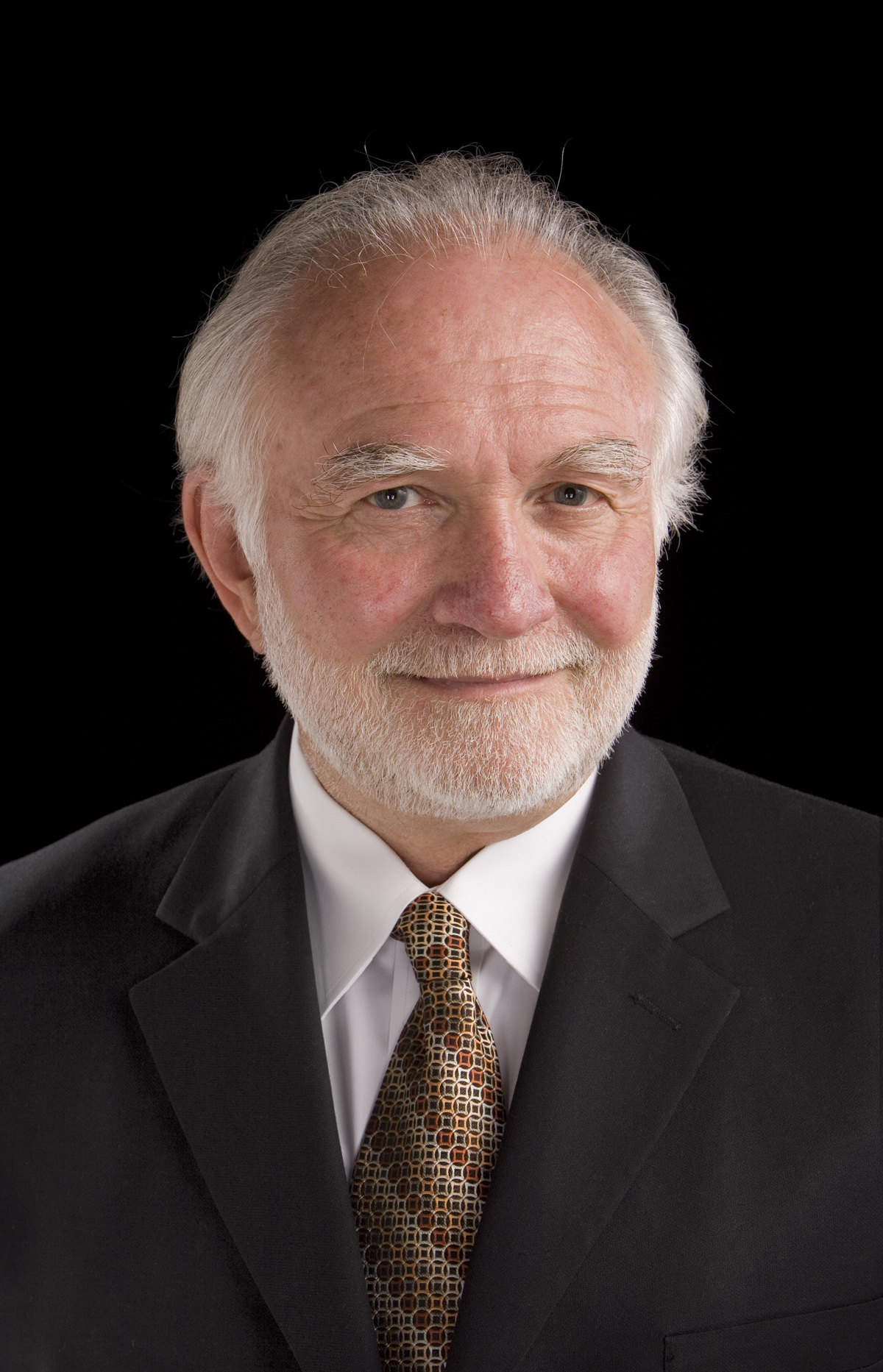
The famous World War II rocket scientist, aerospace engineer and space architect, Wernher von Braun, said “one good test is worth a thousand expert opinions.”
Well, hand it to Braun because this point still holds true today.
We often ask experts, thought leaders, peers and family and friends their opinions on various matters because we value and trust their input. Similarly, outcomes and projected trends in the senior living space historically have been shaped by opinion based on years of experience and what has proven successful.
Today, we are seeing a shift towards empirical evidence in the senior living space to back-up opinions of industry experts. The Society for the Advancement of Gerontological Environments’ (SAGE) is conducting a research initiative, SAGE POE, which strives to accomplish precisely this. The mission of this program is to gain observations for quantitative and qualitative analysis in order to impact life experiences in senior living. SAGE POE will also give way to provide a sustainable platform to conduct ongoing post-occupancy evaluations (POEs) of physical environments for older adults that involve collaboration among numerous stakeholders.
The hallmark of SAGE POE is that it engages an interdisciplinary team that includes a broad range of practitioners and other experts in the assessment process. From designers, providers, clinicians, researchers, regulators, consultants, industry partners, as well as residents, family members or Ombudspersons, each participant is likely to see the setting from a slightly different perspective, which lends credibility to the overall evaluation of the environment under review.
While SAGE POE is a multi-step, multi-year program, we do know that there are multiple desired results that will ultimately contribute positively to the senior living developer’s or owner/operator’s financial and operational goals, as well as resident outcomes. A high-level look at these projected results includes:
Enhanced physical safety and psychological security.
- Utilizing all aspects of the environment as a resource for healing and improved function.
- Harnessing new technology to increase functionality of the environment.
- New innovations and solutions and a systematic evaluation of outcomes.
- A focus on needs and desires of the whole person’s social, emotional, spiritual and physical, vocational and intellectual being.
- Maximizing opportunities for self-determination and accessibility of options.
- Cultivating opportunities for meaningful interactions and relationships among peers, family and staff.
- Creating an environment that promotes safety, efficiency, and emotional support for care givers and residents.
This year, SAGE partnered with J+J Flooring Group to add another dimension to the POE process with more formalized research protocols. The goal is to begin building a collective body of knowledge about the places evaluated and disseminate these finding through additional research-based sources. The additional research protocols being implemented allow for the data collected throughout the POE process to be analyzed and disseminated through peer-review venues such as journals and conferences.
Selecting a site for the evaluation of a senior living environment involves careful consideration of both logistical factors as well as content quality factors. An assessment of a care setting creates a natural platform for discussion. What is learned from the POE can be used to inform future design and set directions for future research in environments for older adults.
Keith Gray is the director of applied research at J+J Flooring Group. Migette Kaup is a design educator and researcher with the College of Human Ecology at Kansas State University.



